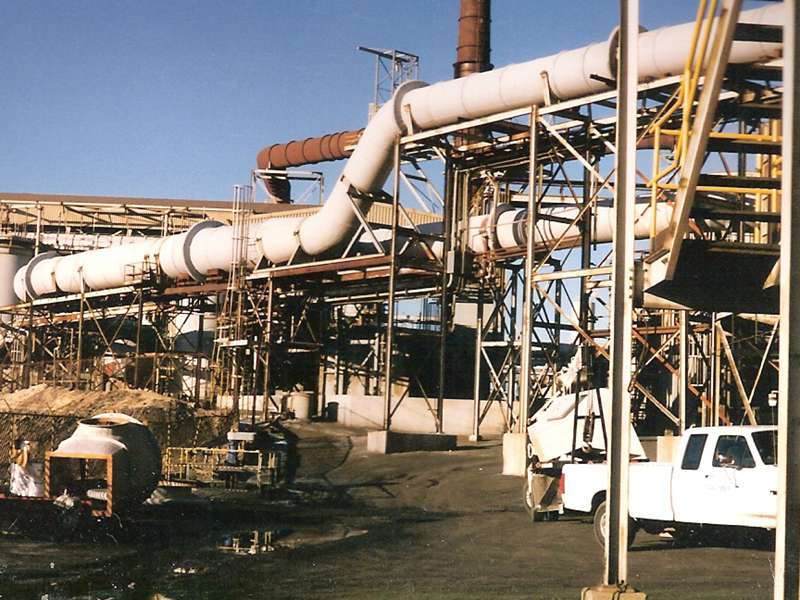
-
 Afrikaans
Afrikaans -
 Albanian
Albanian -
 Amharic
Amharic -
 Arabic
Arabic -
 Armenian
Armenian -
 Azerbaijani
Azerbaijani -
 Basque
Basque -
 Belarusian
Belarusian -
 Bengali
Bengali -
 Bosnian
Bosnian -
 Bulgarian
Bulgarian -
 Catalan
Catalan -
 Cebuano
Cebuano -
 China
China -
 China (Taiwan)
China (Taiwan) -
 Corsican
Corsican -
 Croatian
Croatian -
 Czech
Czech -
 Danish
Danish -
 Dutch
Dutch -
 English
English -
 Esperanto
Esperanto -
 Estonian
Estonian -
 Finnish
Finnish -
 French
French -
 Frisian
Frisian -
 Galician
Galician -
 Georgian
Georgian -
 German
German -
 Greek
Greek -
 Gujarati
Gujarati -
 Haitian Creole
Haitian Creole -
 hausa
hausa -
 hawaiian
hawaiian -
 Hebrew
Hebrew -
 Hindi
Hindi -
 Miao
Miao -
 Hungarian
Hungarian -
 Icelandic
Icelandic -
 igbo
igbo -
 Indonesian
Indonesian -
 irish
irish -
 Italian
Italian -
 Japanese
Japanese -
 Javanese
Javanese -
 Kannada
Kannada -
 kazakh
kazakh -
 Khmer
Khmer -
 Rwandese
Rwandese -
 Korean
Korean -
 Kurdish
Kurdish -
 Kyrgyz
Kyrgyz -
 Lao
Lao -
 Latin
Latin -
 Latvian
Latvian -
 Lithuanian
Lithuanian -
 Luxembourgish
Luxembourgish -
 Macedonian
Macedonian -
 Malgashi
Malgashi -
 Malay
Malay -
 Malayalam
Malayalam -
 Maltese
Maltese -
 Maori
Maori -
 Marathi
Marathi -
 Mongolian
Mongolian -
 Myanmar
Myanmar -
 Nepali
Nepali -
 Norwegian
Norwegian -
 Norwegian
Norwegian -
 Occitan
Occitan -
 Pashto
Pashto -
 Persian
Persian -
 Polish
Polish -
 Portuguese
Portuguese -
 Punjabi
Punjabi -
 Romanian
Romanian -
 Russian
Russian -
 Samoan
Samoan -
 Scottish Gaelic
Scottish Gaelic -
 Serbian
Serbian -
 Sesotho
Sesotho -
 Shona
Shona -
 Sindhi
Sindhi -
 Sinhala
Sinhala -
 Slovak
Slovak -
 Slovenian
Slovenian -
 Somali
Somali -
 Spanish
Spanish -
 Sundanese
Sundanese -
 Swahili
Swahili -
 Swedish
Swedish -
 Tagalog
Tagalog -
 Tajik
Tajik -
 Tamil
Tamil -
 Tatar
Tatar -
 Telugu
Telugu -
 Thai
Thai -
 Turkish
Turkish -
 Turkmen
Turkmen -
 Ukrainian
Ukrainian -
 Urdu
Urdu -
 Uighur
Uighur -
 Uzbek
Uzbek -
 Vietnamese
Vietnamese -
 Welsh
Welsh -
 Bantu
Bantu -
 Yiddish
Yiddish -
 Yoruba
Yoruba -
 Zulu
Zulu
High-Quality GRP Chemical Tanks for Safe Storage
Understanding GRP Chemical Tanks A Comprehensive Overview
Glass Reinforced Plastic (GRP), also known as fiberglass, has emerged as a favored material for chemical storage tanks in various industries. Its unique properties make it particularly suitable for containing aggressive chemicals and fluids while ensuring safety and durability.
Composition and Advantages
GRP is composed of a polymer matrix reinforced with glass fibers. This combination gives the material a high strength-to-weight ratio, making it significantly lighter than traditional materials like steel or concrete. One of the primary advantages of GRP tanks is their resistance to corrosion, which is crucial when dealing with a wide range of chemicals, including acids, solvents, and bases. Unlike metal tanks, GRP does not rust, and it maintains structural integrity over time, even in harsh environments.
Additionally, GRP tanks offer excellent insulation properties. This is particularly important for certain chemicals that require temperature regulation to maintain their effectiveness or stability. The material effectively protects against thermal fluctuations, helping to ensure the stored substances remain within their optimal temperature range.
Customization and Versatility
GRP chemical tanks are highly customizable, allowing manufacturers to tailor them to meet specific requirements. They can be produced in various sizes and shapes, accommodating different storage needs. Whether for industrial facilities, wastewater treatment plants, or chemical processing operations, GRP tanks can be designed to suit varying capacities and configurations.
grp chemical tank

Furthermore, the manufacturing process of GRP tanks allows for the incorporation of various internal coatings and linings. These enhancements provide additional protection against specific chemicals and improve the overall longevity of the tanks. The flexibility in design also means that GRP tanks can be integrated into existing systems without significant alterations to infrastructure.
Safety and Environmental Considerations
Safety is a paramount concern when dealing with chemical storage. GRP tanks have been engineered to be leak-proof, which helps prevent spills and environmental contamination. Many manufacturers subject their tanks to rigorous testing to ensure they can withstand the pressures and stresses of the contained chemicals.
Moreover, in the event of an accident, GRP tanks have a lower risk of catastrophic failure compared to metal tanks. Their ability to deform without breaking can mitigate the impact of sudden pressure changes, making them a safer option for storing hazardous materials.
The lightweight nature of GRP also contributes to easier installation and reduced transportation costs. These tanks can often be moved and installed with less heavy equipment, reducing the overall carbon footprint related to their deployment.
Conclusion
In conclusion, GRP chemical tanks represent a revolutionary advance in the field of chemical storage solutions. Their combination of strength, corrosion resistance, and versatility makes them an ideal choice for industries that handle potentially dangerous substances. With ongoing advancements in materials technology, the future of GRP tanks looks promising, potentially leading to further innovations in safety and efficiency in chemical storage practices. As industries continue to prioritize sustainability and safety, GRP technology will undoubtedly play a vital role in shaping the future of chemical containment solutions.
Latest news
-
High-Quality Fiberglass Car Bodies Durable GRP Car & Boat Body SolutionsNewsJul.08,2025
-
High-Quality Fiberglass Dual Lamination Product Manufacturer Durable FRP & GRP Dual Lamination SolutionsNewsJul.08,2025
-
Rectangular Tank with Dimensions for GRP Calculation Custom Fiberglass GRP Rectangular TanksNewsJul.07,2025
-
High-Quality Fiberglass Weir Custom FRP Weir & Fiberglass Tanks ManufacturerNewsJul.07,2025
-
CPVC FRP Pipe A Reliable Choice for Industrial Applications High Strength & Corrosion ResistanceNewsJul.07,2025
-
Fiberglass Scrubber for Effective Cleaning and Stain Removal – Superior Performance in Various ApplicationsNewsJul.06,2025









